- full price € 15 at the box office - € 14 online
- reduced price € 12 at the box office - € 11 online
– for young people aged between 18 and 25 (not yet turned 25);
– for groups of 15 people or more;
– La Galleria Nazionale, Museo Ebraico di Roma ticket holders;
– upon presentation of ID card or badge: Accademia Costume & Moda, Accademia Fotografica, Biblioteche di Roma, Centro Sperimentale di Cinematografia, Enel (for badge holder and accompanying person), FAI Fondo Ambiente Italiano, Feltrinelli, Gruppo FS, IN/ARCH Istituto Nazionale di Architettura, Sapienza Università di Roma, LAZIOcrea, Palazzo delle Esposizioni, Amici di Palazzo Strozzi, Accademia Nazionale di Santa Cecilia, Scuola Internazionale di Comics, Teatro Olimpico, Teatro dell’Opera di Roma, Teatro di Roma, Università degli Studi di Roma Tor Vergata, Youthcard; - open € 18
valid for one year from the date of purchase
- free
– minors under 18 years of age;
– myMAXXI cardholders;
– on your birthday presenting an identity document;
– upon presentation of EU Disability Card holders and or accompanying letter from hosting association/institution for: people with disabilities and accompanying person, people on the autistic spectrum and accompanying person, deaf people, people with cognitive disabilities and complex communication needs and their caregivers, people with serious illnesses and their caregivers, guests of first aid and anti-violence centres and accompanying operators, residents of therapeutic communities and accompanying operators;
– MiC employees;
– journalists who can prove their business activity;
– European Union tour guides and tour guides, licensed (ref. Circular n.20/2016 DG-Museums);
– 1 teacher for every 10 students;
– AMACI members;
– CIMAM International Committee for Museums and Collections of Modern Art members;
– ICOM members;
– from Tuesday to Friday (excluding holidays) European Union students and university researchers in art history and architecture, public fine arts academies (AFAM registered) students and Temple University Rome Campus students;
– IED Istituto Europeo di Design professors, NABA Nuova Accademia di Belle Arti professors, RUFA Rome University of Fine Arts professors;
– upon presentation of ID card or badge: Collezione Peggy Guggenheim a Venezia, Castello di Rivoli Museo d’Arte Contemporanea, Sotheby’s Preferred, MEP – Maison Européenne de la Photographie;
Collection
MAXXI’s Collection of Art and Architecture represents the founding element of the museum and defines its identity. Since October 2015, it has been on display with different arrangements of works.









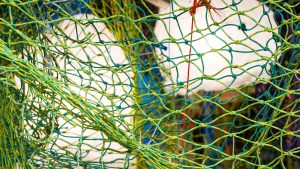





















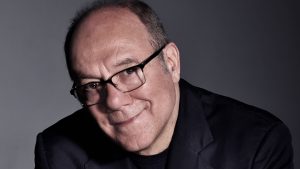

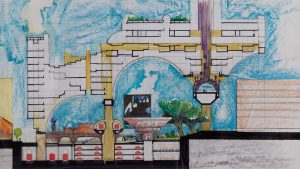


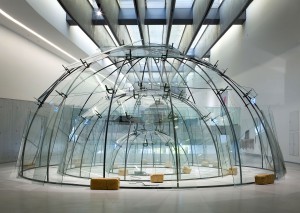













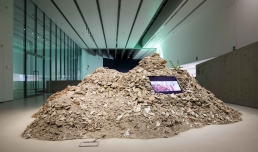




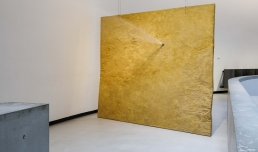










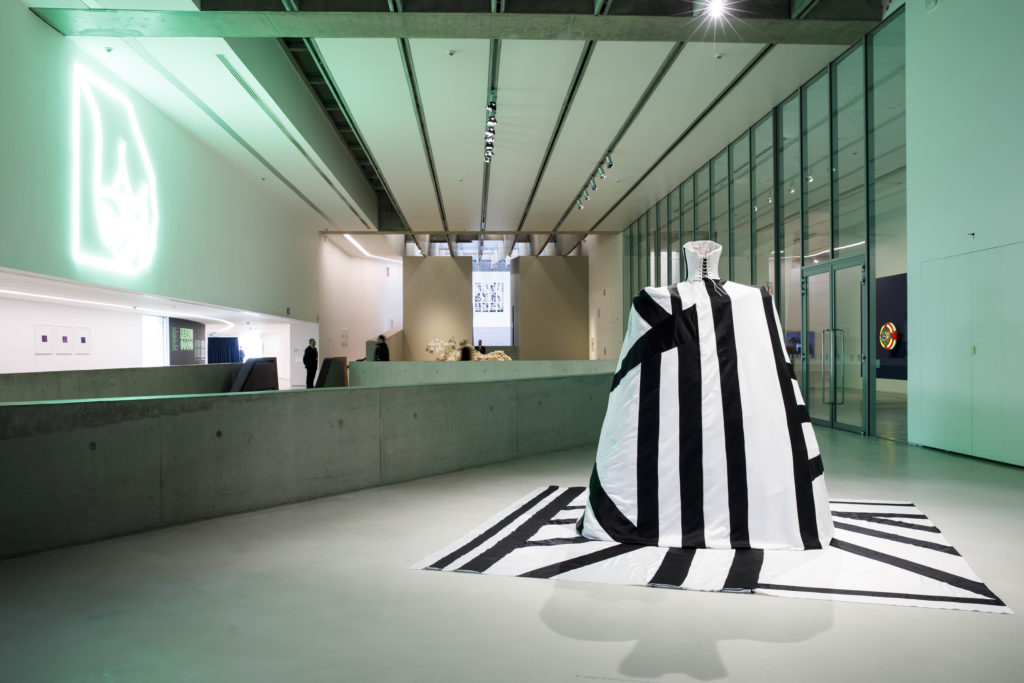



in co-production with MiBACT- Direzione Generale Creatività Contemporanea
The exhibition reopens to the public from 2 June 2020
ALTERAZIONI VIDEO | YURI ANCARANI | GIORGIO ANDREOTTA CALÒ | LEONE CONTINI | DANILO CORREALE | NICOLÒ DEGIORGIS | FLAVIO FAVELLI | ANNA FRANCESCHINI | EVA FRAPICCINI | ALICE GOSTI | MARGHERITA MOSCARDINI | LUCA TREVISANI | PATRICK TUTTOFUOCO
In the year of its 10th anniversary, MAXXI has chosen to give great space to Italian creativity.
The exhibition REAL_ITALY presents the 2017 winning works of the first two editions of the competition held by the MiBACT Italian Council General Direction for Contemporary Creativity. The objectives of the competition: to support and promote Italian artists abroad and to expand public collections, thanks to the production of works by some of the main protagonists of the national contemporary scene.
The result is an analysis of Italy as it is today, through the gaze of art, which reveals the different realities present on the territory, depicting our country’s past and present, identity and memory.
header: Anna Franceschini, CARTABURRO “ARABESCO”, 2018, film 16mm transferred on digital, colour – mute, 3:45 min, still from video. Supported by the Italian Council, 2017. Courtesy: GAMeC, Bergamo.
ARTISTS ON DISPLAY
ALTERAZIONI VIDEO
YURI ANCARANI
GIORGIO ANDREOTTA CALÒ
LEONE CONTINI
DANILO CORREALE
NICOLÓ DEGIORGIS
FLAVIO FAVELLI
ANNA FRANCESCHINI
EVA FRAPICCINI
ALICE GOSTI
MARGHERITA MOSCARDINI
LUCA TREVISANI
PATRICK TUTTOFUOCO